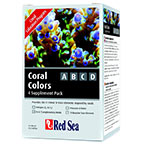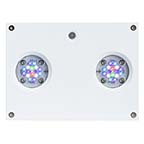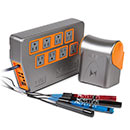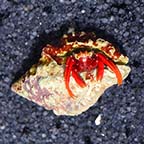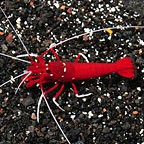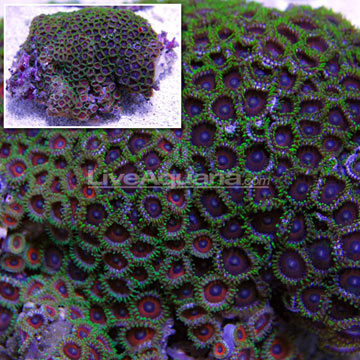

Additional locales and sizes may be available!
Additional locales and sizes may be available! Email me when availableQuick Stats
What do these Quick Stats mean? Click here for more information
What do these Quick Stats mean? Click here for more information
Overview
The Zoanthus Colony Polyp Corals are also referred to as Sea Mats, or Button Polyps. Their most common color is green, but they are also found in other bright colors, such as orange. They are colonial animals with multiple individual polyps attached to a piece of live rock.
These polyps have the ability to sting other polyps or corals. While the sting is not strong, they are semi-aggressive and need to have space between their colony and any neighbors since they tend to crowd them out. Zoanthus Colony Polyp Corals are easy to maintain, making them a good choice for beginner reef aquarists. They require a high light level combined with medium water movement within the aquarium. For continued good health, they will also require the addition of iodine and other trace elements to the water.
The Eagle Eye Zoanthus Colony Polyp will reproduce easily in the reef aquarium by budding (splitting off a portion of their base or mouth) to increase the size of the colony. The Eagle Eye Zoanthus Colony Polyp contains the symbiotic algae zooxanthellae which satisfies almost all of their nutritional requirements. If the lighting is not optimal, the Eagle Eye Zoanthus Colony Polyp should be fed micro-plankton or baby brine shrimp.
It is common to receive a rock that is not completely covered in polyps. However, under the right conditions, they will quickly spread across this and surrounding rocks in the aquarium.
Approximate Purchase Size: Small: 2" to 3"; Medium: 3" to 5"; Large: 5" to 7"





